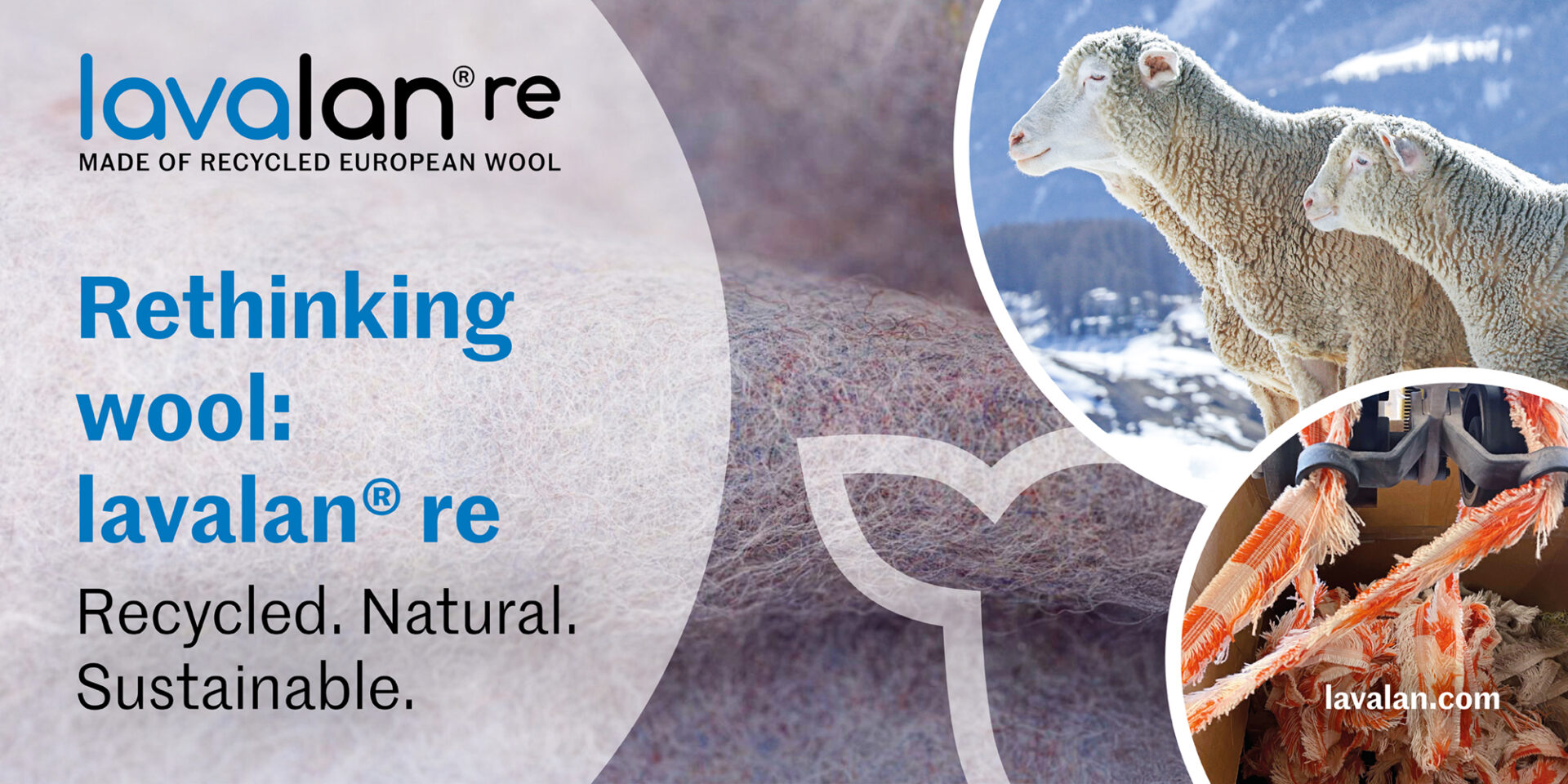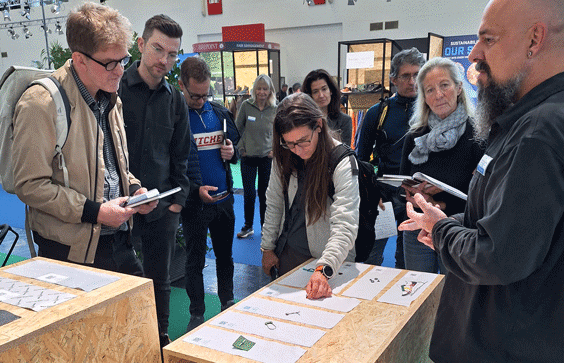From torn tents to worn-out soles, these 10 common gear failures show even the toughest equipment has limits. Learn which fixes are worth it — and when replacement is the safer call.
What gear damage can usually be repaired?
1. How to fix holes in outdoor clothing, backpacks and tents
Tears and holes in fabrics can often be sewn or patched using repair tape or fabric patches. Versions designed for specific fabrics, such as Gore-Tex, help restore breathability and protection against wind and moisture.
For waterproof gear like rain jackets and pants, seams may require professional sealing. Your local outdoor retailer’s workshop can assist with this.
2. How to repair a broken or stuck zipper
Over time, zippers may stop closing properly, stick, or lose parts like the slider.
Stuck zippers can often be fixed with soapy water and a cloth. Lubricants such as soap, candle wax, or graphite (especially for metal zippers) can help the slider move smoothly.
If needed, the zipper or its parts can often be replaced at home or by a tailor, as many zippers use standard components.
For zippers on waterproof materials like tents, rain jackets, or backpacks, it’s best to leave the repair to specialists, as seams may need to be professionally welded. Retailer and brand workshops usually offer support for this.
Stitching, poles, and soles: What holds up to repair?
3. How to repair torn seams in outdoor gear
Seams are common failure points in both clothing and gear like backpacks or tents.
Simple tears can be mended at home with a sewing machine or by hand, but thicker or stretch fabrics may require special tools and skills.
Seams in rainwear or outer tents should be professionally welded to prevent leaks, which makes professional repair the best option.
4. How to fix broken tent or trekking poles
Most poles are modular and designed to be repairable. Individual segments can be replaced, and many brands offer their own sleeves and spare parts.
If you’re in the field without a repair sleeve, strong tape can temporarily hold a broken section together.
5. Replacing broken buckles and fasteners on gear
Plastic buckles and fasteners wear out over time. Your local outdoor retailer likely offers a range of replacement buckles that are often tool-free to install.
If you’re unsure about compatibility, staff at your local outdoor retailer can probably help identify what you need.
6. How to resole hiking boots and climbing shoes
Many hiking boots are designed to be resoleable, allowing for a full replacement of the outsole, cushioning, and debris protection. This work should be done by professionals, such as those at the point-of-sale, shoe workshops or brand repair services.
While resoling can cost between €100–€200, it’s often cheaper than buying new boots – and your footwear is already broken in.
Climbing shoes are also commonly resoled.
When gear cannot be safely repaired
7. When to replace gear with delaminated membranes
Delamination occurs when layers like a membrane and outer fabric separate. It typically shows up as bubbling or blistering and can affect rainwear, sleeping pads, backpacks, or bike bags.
Delaminated gear no longer functions properly and cannot be repaired.
In sleeping pads, delamination can make them unusable by creating large internal bubbles when inflated.
8. How UV damage makes gear unsafe to use
Long-term UV exposure can make fabrics brittle or fragile. This kind of damage is common in older tents and backpacks and is irreversible.
Patches won’t hold on UV-damaged materials, and new tears often appear quickly.
9. Why mold in outdoor gear can be a health risk
Storing damp tents or tarps can lead to mold. If mold can’t be cleaned with mild soap or special outdoor fabric cleaners, it may have penetrated the deeper layers.
Mold can break down fabric and is difficult to remove completely – posing a health risk. Affected gear should be discarded as household waste.
10. Why climbing harnesses and ropes must be replaced regularly
Climbing harnesses, ropes, and other safety-related equipment must be replaced based on usage and age – even if there are no visible signs of damage.
Micro-cracks and material fatigue can compromise safety. Follow usage guidelines from manufacturers or refer to trusted sources like the German Alpine Club (DAV) for recommendations.
Repair or replace? Use this rule of thumb
Does the product work safely and reliably again after repair – and will the repair last long-term? If so, it’s worth repairing.
If not, or if it’s safety-related gear, it’s better to replace it. You can dispose of defective clothing and shoes at many outdoor retailers.
Lead image: Tracey Parish on Unsplash















Sorry, the comment form is closed at this time.